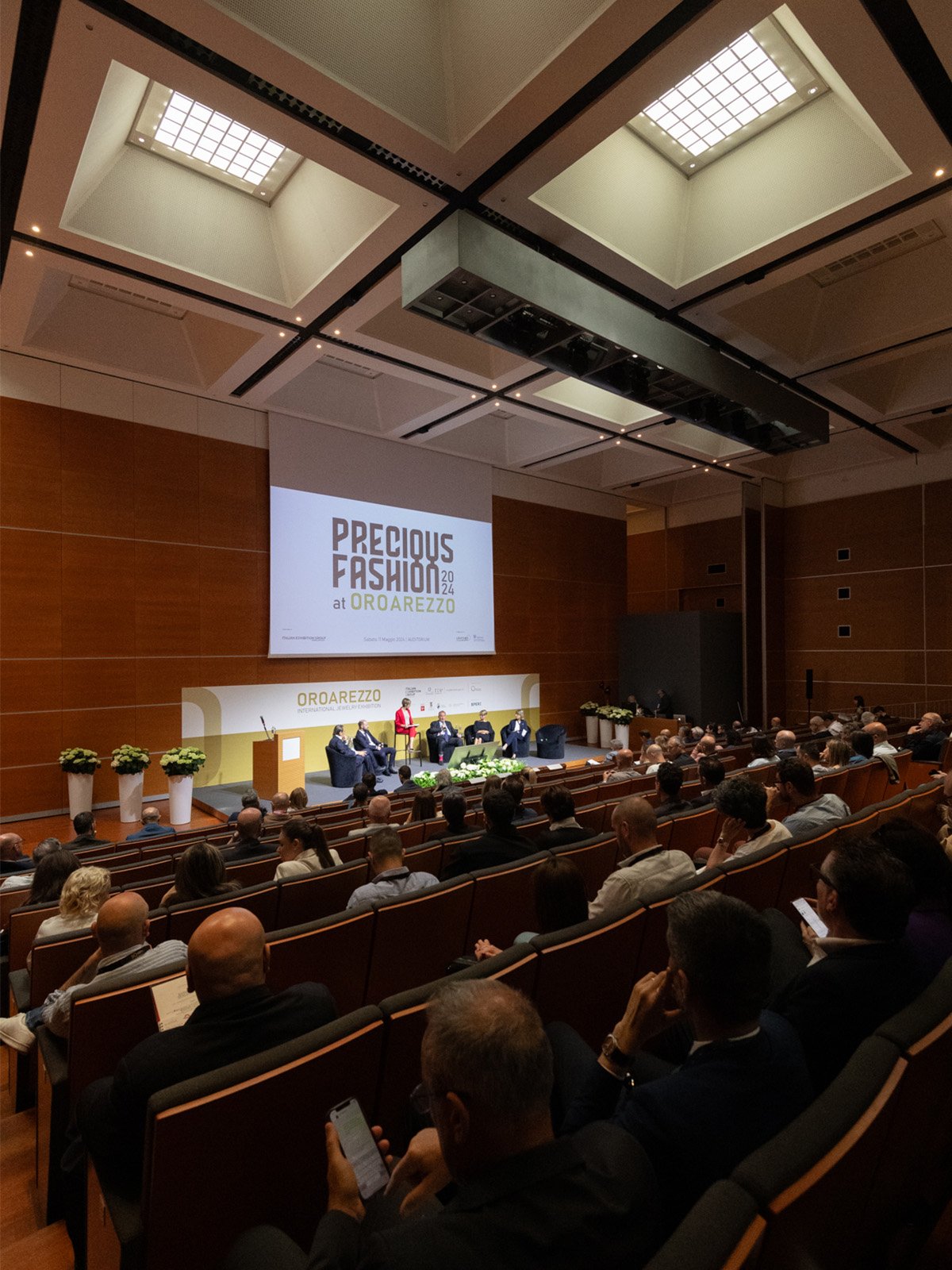News
Talents in Fashion can't be found? they are trained in companies! The experience of southern Italy

A bit of data
The employment needs of the fashion supply chain between 2024 and 2028 may vary between 40 thousand and 75 thousand new workers: this is the estimate according to the Unioncamere-Anpal Excelsior information system. Skilled textile, fashion and accessories workers are among the most difficult figures to find: according to Unioncamere for 65 percent. The reasons? for 36 percent due to a lack of candidates and for 17 percent due to inadequate preparation.
The difficulty in finding talent ties in with the changing age of workers.
According to ISTAT, in five years' time in Italy, the population aged 60 and over will grow by 8 percent, while the number of young people aged 15 to 29 who are not studying and not working will stand at 20 percent, nearly 1.7 million kids*, affecting the southern regions the most (27.9 percent).
AAA Fashion talents wanted
“Among the most sought-after profiles in the Fashion sector in the South,” says Ciro Marciano, HRS Consultant Talent Journey at Randstad, “are machinists, counter workers, dyers, fleshing and cutters.
According to Claudio Giaquinto of the P&C manufacture in Arzano, these are joined by industrializers, prototypists, and specialists in the use of CAD: “Candidates must have multipurpose technical skills. Soft skills such as the ability to adapt, flexibility, empathy and problem solving are also a must.”
“There is a scarcity of profiles related to quality control and finishing,” comments Ornella Auzino owner of Le mie borse, a Campania-based contract manufacturer. Young people often want to be pattern makers, but without knowing anything about bench assembly, cutting, dyeing or stitching operations. In the near future, it will also be essential to have digital and programming skills for managing all those processes that involve the combination of man and machine.”
Growing number of in-company academies to bridge the skills gap
More and more, companies are choosing to organize in-house courses led by the most experienced incumbent employees, with the aim of training young resources themselves.
An example of this is Cam.pel, a company specializing in the production of high-end leather goods, which to date has organized five free post-diploma courses, in collaboration with Randstad, in which 30 young people have participated: of these 15 are now employed by the company.
“Leather goods is an art that requires a deep knowledge of materials and techniques,” says owner Francesco Campanile. These skills can only be acquired through direct apprenticeship with master craftsmen. We have chosen to invest in young people to ensure the development of the company and the entire leather goods sector.”
The Neapolitan company P&C, thanks to courses organized in partnership with local entities, has hired 41 new resources and trained a total of 271 profiles, including employees and new recruits. In particular, in the past 12 months P&C has initiated three training projects: with Jobfarm for on-the-job training for new entrants in internships; with Beejob for specific technical training paths for apprenticeship hires; and finally with FonARCom it created a plan for the development of digital, technical and system skills related to the production process.
“The South lacks an integrated training network,” comments Ornella Auzino. Something is moving between ITS Moda, SSIP and Assopellettieri's orientation initiatives, but there is still too much dispersion. This leads to the creation of different internal academies within brands that train resources with their own approach to work. In my opinion, young people should learn leather goods within professional institutes, and only then adapt to the different methods and contexts of the realities in which they will go to work.
And what do young people dream of for their future?
“The satisfaction of seeing an object take shape from my hands is what I'm most passionate about,” says Errico Alessia, a former student of the course organized by Cam.pel. and Randstad, who is now employed by the company. The biggest challenges of this job are managing time and deadlines and adapting to market needs. I am continuing to learn, flanked by experienced colleagues who support me. For the future, I would like to take on more responsible roles and also participate in innovative projects to contribute to the evolution of this fascinating industry.”




















